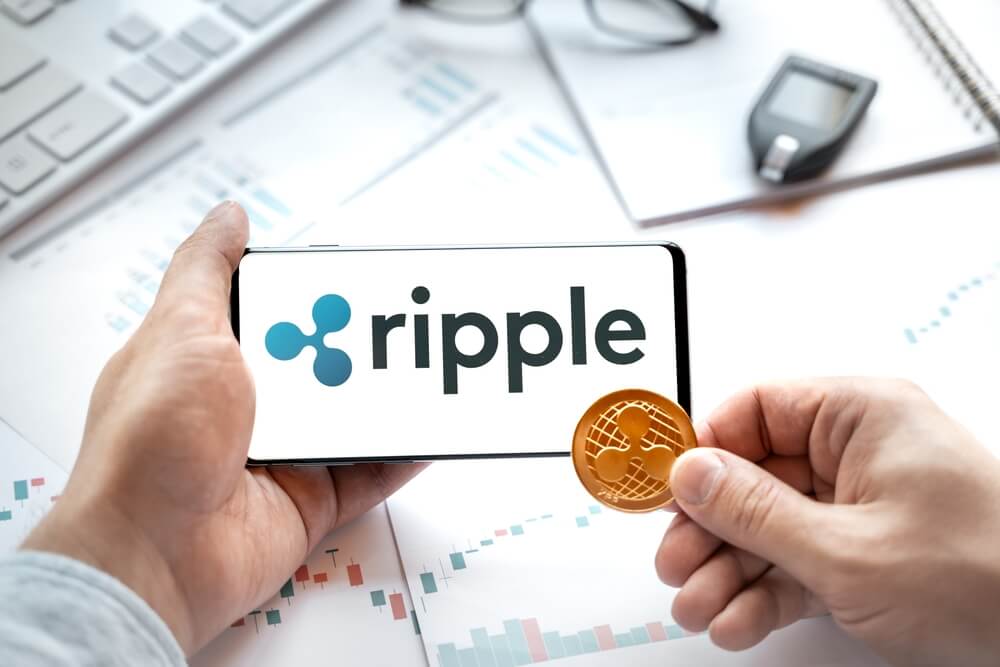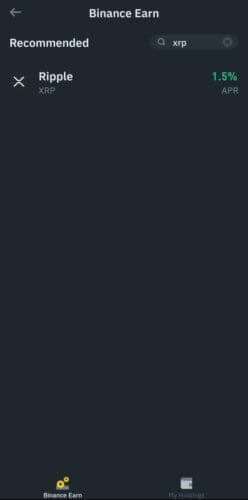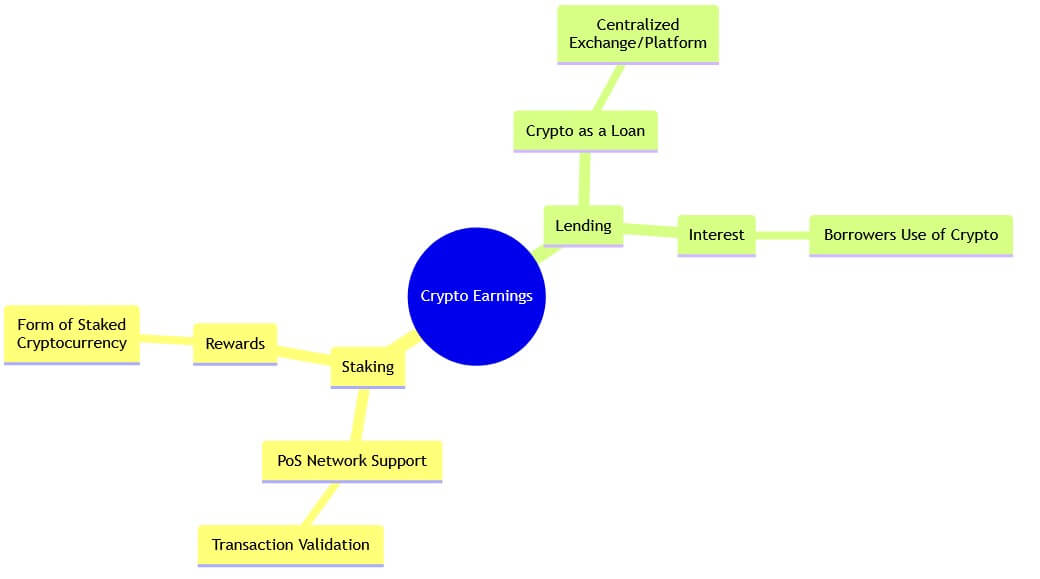
How to Stake XRP and What Is XRP Staking?
With the cryptocurrency market showing signs of a bullish phase, especially after Ripple’s victory in the SEC case, many are looking into different ways to earn passive income from their crypto holdings. One method that often comes up is staking. So, if you’re wondering how to stake XRP, this article will give you a comprehensive answer.
What is the Crypto Staking?
In crypto staking, individuals engage in a blockchain network by keeping and “staking” a cryptocurrency in a wallet to aid operations such as transaction validation, security, and consensus. Unlike Proof-of-Work systems that depend on miners, Proof-of-Stake blockchains choose validators based on the amount of coins they pledge to “stake” as security.
The network rewards stakers, typically with additional coins, as an incentive. Essentially, staking provides a method for coin holders to earn passive income on their holdings while contributing to the network’s functionality and security.
Numerous cryptocurrency exchanges, with Binance being a prime example, offer a range of opportunities to their users beyond simple trading. These platforms have evolved to provide services like staking, lending, and futures trading. Binance and its contemporaries recognize the need for diversified investment strategies in the crypto world.
By providing these additional services, they cater to both novice and experienced traders, allowing them to maximize their returns, hedge risks, and engage more deeply with the dynamic landscape of digital assets. These features make exchanges more than just trading hubs; they become comprehensive financial ecosystems.
Understanding Ripple and XRP
Before diving into the process of staking XRP, it’s vital to understand what Ripple and XRP are. Ripple is a digital payment network utilized mainly by financial institutions for global transactions. Its native token, XRP, powers it and operates on the XRP Ledger.
This ledger has diverse applications, from payments and tokenization to decentralized finance and central bank digital currencies. Sometimes XRP and Ripple are even considered synonyms.
Why XRP Can’t Be Traditionally Staked
Ripple does not use the commonly known Proof-of-Stake (PoS) or Proof-of-Work (PoW) smart contract consensus mechanisms. Instead, it operates on its unique Ripple Protocol Consensus Algorithm, which validates transactions via a network of servers often owned by banks. This consensus mechanism ensures that, unlike cryptocurrencies on PoS blockchains such as Ethereum or Cardano, you cannot directly stake XRP on its native platform.
However, this doesn’t mean you’re without opportunities to generate passive income from your Ripple holdings. While traditional staking isn’t an option due to Ripple’s unique consensus mechanism, there are alternative avenues. Lending or locking your Ripple on specific platforms such as crypto exchanges, can yield rewards.
When you lend, you essentially offer your XRP as a loan, and the platform then uses it for various financial activities, such as providing liquidity or facilitating trades. In return, you earn interest on your lent amount. This method allows XRP holders to benefit from their assets without selling or trading them.
In fact, crypto stalking is very similar and almost identical to lending someone fiat currency to earn interest. However, there are some differences.
The Difference Between Staking and Lending
When we talk about staking in the crypto context, it usually refers to locking up a certain amount of cryptocurrency to support a PoS network’s operations, like transaction validation. In return, “stakers” receive rewards in the form of the staked cryptocurrency.
On the other hand, lending involves providing your crypto assets as a loan, typically on a centralized exchange or platform. You aren’t aiding in transaction validation or security but are instead allowing borrowers to use your XRP in exchange for interest.
So, for one that is staking crypto, the difference between staking and lending is not vital at all. Both allow you to earn some interest, but difference if what for is your crypto used.
Earning Rewards from XRP

Even though you can’t directly stake XRP due to its consensus mechanism, several centralized platforms like Binance, Nexo, and Crypto.com offer the possibility to earn rewards by lending your XRP. They provide liquidity using your XRP, which borrowers access by providing collateral assets. As they borrow against their collateral, they pay an annual percentage rate (APR) to lenders, ensuring you earn from your lent XRP.
Steps to “Stake” XRP on Binance:
- Account Setup: First, log in to your Binance account. If you don’t have one, create it and complete the KYC procedure.
- Fund Your Wallet: Ensure your Binance wallet has sufficient XRP. You can buy directly on Binance or transfer from other wallets or exchanges.
- Start Earning: Click on ‘Earn’ and find XRP. Choose your subscription type – be it Protected, High Yield, or Auto-Invest. Each offers different APRs and associated risks. Enter your desired XRP amount, confirm, and start earning rewards.
Choosing the Right Platform and Understanding the Risks
When looking to earn from XRP, it’s imperative to select a reputable platform. High APR percentages can be tempting, but they might also come with greater risks. Always opt for platforms with liquid markets and ensure you understand the risks involved. Lending XRP means you transfer custody of your assets to a third party, bringing in counterparty risks and potential protocol security issues.
Moreover, always be on the lookout for platforms or services making unrealistic promises. Check for reviews, the platform’s regulatory status, and its security measures to ensure a safe experience.
XRP Staking: Conclusion
While the traditional method of staking doesn’t apply to XRP due to its distinct Ripple Protocol Consensus Algorithm, innovative solutions have emerged to bridge this gap. Platforms like Binance, among others, have been at the forefront of creating such opportunities for XRP holders to reap rewards. These platforms have developed mechanisms where, instead of staking, users can lend their XRP, allowing them to be part of liquidity pools or lending schemes.
By lending your XRP on these platforms, you not only generate passive income but also contribute to the broader ecosystem, facilitating trades and financial activities. This approach of lending ensures that your holdings remain active and productive, even as the landscape of cryptocurrency continually shifts. In this fast-paced digital age, where crypto assets’ roles and utilities are ever-evolving, such platforms offer a beacon of stability and promise for XRP holders looking to maximize the potential of their investments.





